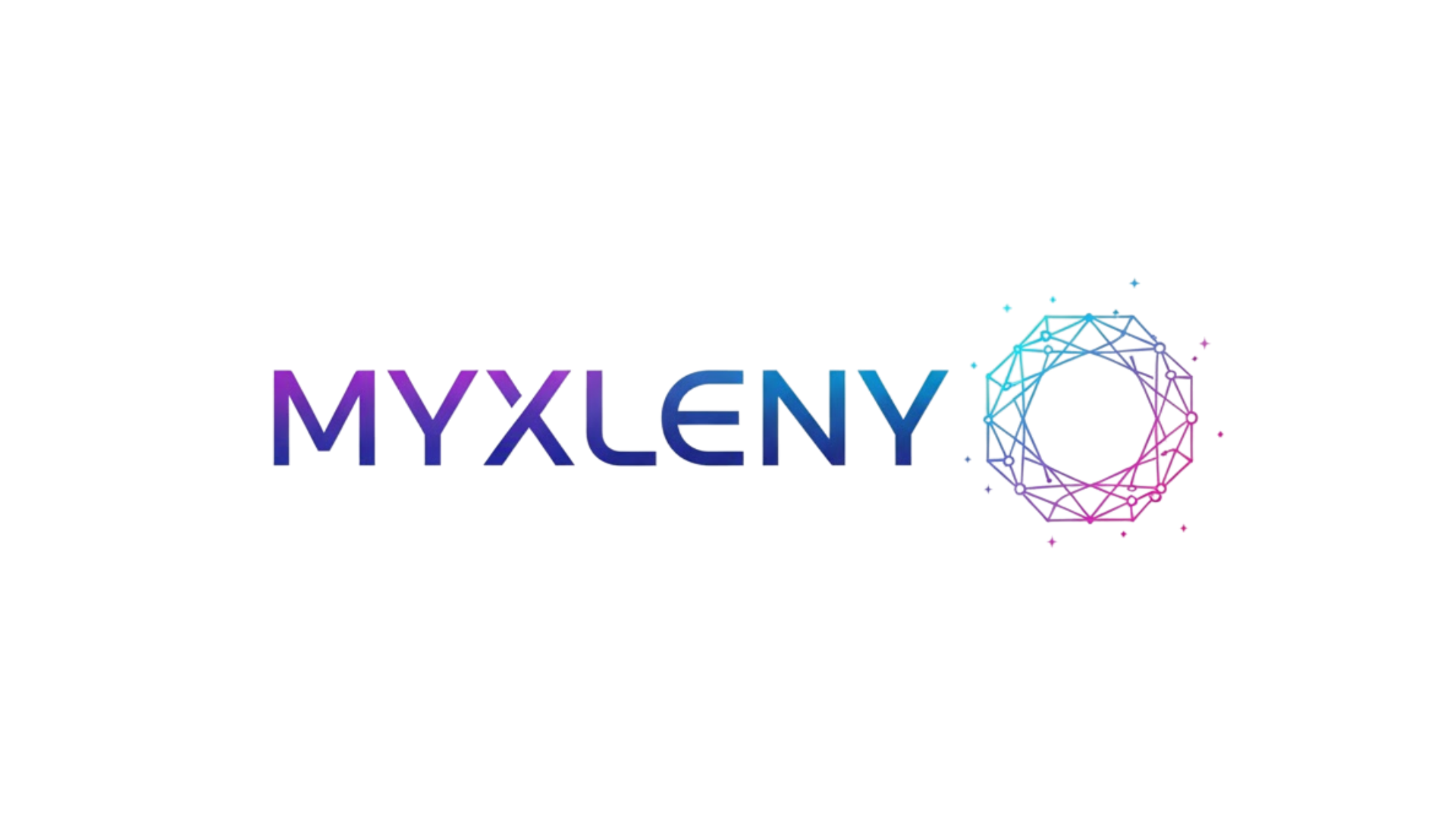Artificial intelligence is no longer a futuristic concept—it’s reshaping our economy today, offering unprecedented opportunities to address one of society’s most persistent challenges: economic inequality and wage disparities.
🌍 The Current State of Economic Inequality
The global wage gap remains a stubborn reality across industries, geographies, and demographics. Women earn approximately 82 cents for every dollar earned by men in similar positions, while racial minorities face comparable disadvantages. Beyond gender and race, educational access, geographic location, and socioeconomic background create barriers that perpetuate income inequality across generations.
Traditional approaches to addressing these disparities—legislation, corporate initiatives, and educational reforms—have made progress but haven’t solved the problem. The complexity of systemic inequality requires innovative solutions that can operate at scale, identify patterns invisible to human analysis, and create opportunities previously inaccessible to marginalized communities.
This is where artificial intelligence enters the conversation with transformative potential. AI technologies are uniquely positioned to democratize access to opportunities, eliminate unconscious bias, and create pathways to economic mobility that were previously unimaginable.
💼 How AI Is Removing Bias from Hiring Processes
One of the most promising applications of AI in promoting economic equality lies in recruitment and hiring. Traditional hiring processes are riddled with unconscious bias—from resume screening to interview evaluation. Studies consistently show that identical resumes with different names suggesting gender or ethnicity receive dramatically different response rates.
AI-powered recruitment platforms can anonymize applications, removing identifying information that triggers unconscious bias. These systems evaluate candidates based solely on skills, experience, and qualifications relevant to the position. By standardizing evaluation criteria and applying them consistently across all applicants, AI creates a more level playing field from the very first step of employment.
Blind Auditions in the Digital Age
The concept mirrors the transformative impact of blind auditions in orchestras. When orchestras began conducting auditions behind screens, female representation increased dramatically. AI applies this principle at massive scale across industries, ensuring that talent—not demographics—determines who advances in the hiring process.
Several companies have reported significant improvements in diversity hiring after implementing AI-driven recruitment tools. These systems analyze job descriptions to remove gendered language, predict which posting language will attract diverse applicant pools, and match candidates to opportunities based on transferable skills rather than narrow credential requirements.
📚 Democratizing Education and Skill Development
Education has always been the primary pathway to economic mobility, but access to quality education remains deeply unequal. AI-powered educational platforms are changing this reality by providing personalized, adaptive learning experiences to anyone with internet access.
These intelligent tutoring systems adjust to individual learning styles, pace, and knowledge gaps in ways that traditional classroom education cannot match. A student in a under-resourced school district can access the same quality of instruction as someone attending an elite institution, effectively leveling educational disparities that have historically reinforced economic inequality.
Skills-Based Learning for Career Transitions
AI platforms are particularly effective at identifying skill gaps and creating customized learning paths for career transitions. Workers displaced by automation or economic shifts can use these tools to retrain for emerging industries, with AI guiding them toward in-demand skills and credentials that offer the highest return on investment.
This technology is especially valuable for non-traditional learners—working parents, older workers, and those without formal degrees—who need flexible, efficient pathways to new careers. By removing geographic and temporal constraints, AI-powered education opens opportunities previously available only to those with privilege and resources.
🔍 Identifying and Addressing Pay Inequities
AI analytics tools can scan organizational payroll data to identify compensation disparities that might otherwise go unnoticed. These systems compare salaries across similar roles, experience levels, and performance metrics to flag unexplained gaps that may indicate bias.
Unlike human analysis, which can be time-consuming and potentially influenced by the same biases being investigated, AI can process vast datasets quickly and objectively. Organizations committed to pay equity can use these insights to make data-driven corrections, ensuring that compensation reflects contribution rather than demographic characteristics.
Transparency Through Technology
Some platforms now offer employees insight into market compensation data, empowering workers with information that was traditionally opaque. When employees understand fair market value for their skills and experience, they can negotiate more effectively, reducing the information asymmetry that has historically disadvantaged women and minorities in salary negotiations.
| Traditional Approach | AI-Enhanced Approach |
|---|---|
| Manual salary reviews (time-intensive, limited scope) | Automated analysis across entire organization |
| Subjective performance evaluation | Standardized, data-driven assessment metrics |
| Limited market data access | Real-time compensation benchmarking |
| Reactive equity adjustments | Proactive identification of disparities |
🚀 Creating Gig Economy Opportunities at Scale
The gig economy, powered by AI matching algorithms, has created income opportunities for millions who face barriers to traditional employment. Parents needing flexible schedules, individuals with disabilities, workers in geographic areas with limited local opportunities—all can access income-generating work through platforms that match skills with demand.
AI optimizes these marketplaces by efficiently connecting workers with tasks suited to their capabilities, location, and availability. While gig work has legitimate criticisms regarding benefits and stability, it undeniably provides income access to populations that traditional employment structures have excluded.
Emerging platforms are addressing gig work’s shortcomings by using AI to provide workers with benefits portability, skills development recommendations, and pathways from gig work to full-time employment. These systems track worker performance and capabilities across platforms, creating digital credentials that substitute for traditional resumes and references.
🏦 Financial Inclusion Through AI-Powered Services
Access to financial services—credit, banking, investment—has historically depended on traditional credit histories and minimum account balances that exclude economically disadvantaged populations. AI is transforming financial inclusion by enabling alternative assessment methods that look beyond conventional metrics.
Machine learning models can evaluate creditworthiness using non-traditional data sources: payment histories for utilities and rent, employment stability indicators, and educational credentials. This allows individuals without traditional credit histories to access loans, mortgages, and financial products that build wealth over time.
Robo-Advisors Democratizing Investment
AI-powered investment platforms have dramatically lowered barriers to wealth building. Traditional financial advisory services typically required substantial minimum investments, effectively excluding working and middle-class individuals from professional investment management.
Robo-advisors use algorithms to provide portfolio management, tax optimization, and investment strategy for minimal fees and no account minimums. This democratization of financial services allows people at all income levels to benefit from strategies that have historically been tools of wealth preservation for the already-wealthy.
⚖️ The Critical Challenges We Must Address
While AI’s potential to promote economic equality is substantial, we must acknowledge and address significant challenges. AI systems are only as unbiased as the data used to train them. Historical data reflecting systemic inequality can perpetuate—or even amplify—existing disparities if not carefully managed.
Amazon famously discontinued an AI recruiting tool that learned gender bias from historical hiring patterns, penalizing resumes that included terms associated with women. This cautionary tale highlights the necessity of rigorous testing, diverse development teams, and ongoing monitoring to ensure AI systems promote rather than undermine equality.
The Digital Divide Reality
AI’s equalizing potential depends on access to technology infrastructure. Communities without reliable internet connectivity, populations lacking digital literacy, and individuals unable to afford devices remain excluded from AI-powered opportunities. Addressing economic inequality through AI requires parallel investment in digital infrastructure and education.
Policymakers and technology companies must prioritize bridging the digital divide, ensuring that AI’s benefits reach the populations most in need of economic opportunity rather than further advantaging those already privileged.
🤝 Building AI Systems With Equity as the Foundation
Creating AI that genuinely promotes economic equality requires intentional design choices from the earliest stages of development. Diverse development teams bring varied perspectives that identify potential biases and unintended consequences that homogeneous teams might miss.
Organizations developing AI for economic applications should include ethicists, social scientists, and representatives from affected communities in the design process. This inclusive approach helps ensure that systems serve the stated goal of reducing inequality rather than inadvertently reinforcing existing power structures.
Transparency and Accountability Mechanisms
AI systems affecting economic opportunities should be subject to regular audits for bias and disparate impact. Organizations deploying these technologies must be transparent about how algorithms make decisions and accountable for outcomes that perpetuate inequality.
Regulatory frameworks are beginning to emerge requiring impact assessments for AI systems used in employment, lending, and other economically significant domains. These governance structures are essential to ensuring AI serves the public interest rather than narrow commercial objectives.
🌟 Real-World Success Stories
Several organizations have demonstrated AI’s potential to advance economic equality through practical implementation. Pymetrics uses neuroscience-based games and AI to match candidates with roles based on cognitive and emotional attributes rather than traditional credentials, opening opportunities for non-traditional candidates.
Upwork and similar platforms use AI matching algorithms to connect freelancers in developing economies with clients in high-income countries, effectively globalizing opportunities and allowing skilled workers to earn competitive rates regardless of geographic location.
Duolingo provides free, AI-powered language education to millions worldwide, removing a significant barrier to economic opportunity. Language skills open access to better-paying jobs, international markets, and educational opportunities that drive economic mobility.
🔮 The Path Forward: Maximizing AI’s Equalizing Potential
Realizing AI’s full potential to bridge wage gaps and promote economic equality requires coordinated action across sectors. Technology companies must prioritize fairness and inclusion in product development. Policymakers need to create regulatory frameworks that encourage beneficial innovation while preventing algorithmic discrimination.
Educational institutions should integrate AI literacy into curricula, ensuring the next generation can leverage these tools effectively. Employers must commit to transparency in how AI influences hiring, promotion, and compensation decisions, allowing for accountability and continuous improvement.
Civil society organizations have a critical role in monitoring AI deployment, advocating for affected communities, and holding institutions accountable when systems perpetuate inequality. This multi-stakeholder approach is essential to ensuring technology serves human flourishing rather than corporate efficiency alone.
Investment in Human-Centered AI
Funding priorities matter significantly in determining what AI applications are developed and deployed. Increased investment in AI designed explicitly to address social challenges—including economic inequality—would accelerate progress toward more equitable outcomes.
Philanthropic organizations, impact investors, and government agencies should prioritize projects that demonstrate measurable impact on reducing wage gaps and expanding economic opportunity. Market forces alone are insufficient to direct AI development toward maximum social benefit.
💡 Empowering Individuals in an AI-Augmented Economy
While systemic changes are crucial, individuals can take steps today to leverage AI for personal economic advancement. Workers should explore AI-powered learning platforms to develop in-demand skills. Job seekers can use AI tools that optimize resumes and identify opportunities aligned with their capabilities.
Entrepreneurs can access AI-powered business tools previously available only to well-funded enterprises, from market research to customer service to financial management. This democratization of business technology lowers barriers to entrepreneurship, creating pathways to economic independence.
Understanding how AI systems work—and how they might introduce bias—empowers individuals to advocate for fair treatment and challenge decisions that appear discriminatory. Digital literacy is increasingly a prerequisite for economic participation and self-advocacy.
🎯 Measuring Progress Toward Economic Equality
To ensure AI genuinely contributes to reducing economic inequality, we need clear metrics and ongoing assessment. Organizations deploying AI in economically significant contexts should track outcomes across demographic groups, identifying any disparities that emerge over time.
Key indicators include:
- Representation across salary bands by gender, race, and other protected characteristics
- Promotion rates and time-to-promotion across demographic groups
- Application-to-hire conversion rates by candidate background
- Compensation equity when controlling for role, experience, and performance
- Access to development opportunities and career advancement resources
Regular reporting on these metrics creates accountability and allows for course correction when AI systems fail to deliver equitable outcomes. Transparency in measurement builds trust and demonstrates organizational commitment to equality beyond rhetoric.

🌈 Transforming Vision Into Reality
The promise of AI as a tool for economic equality is substantial, but promise alone changes nothing. Realizing this potential requires deliberate choices by technologists, business leaders, policymakers, and citizens. We must demand that AI systems be designed and deployed with equity as a core objective, not an afterthought.
The technology exists today to significantly reduce wage gaps, expand economic opportunity, and create more inclusive prosperity. What remains is the collective will to prioritize these outcomes and the vigilance to ensure implementation matches intention. By approaching AI development and deployment with economic justice as a guiding principle, we can create systems that genuinely level the playing field.
The path toward economic equality has never been simple or straightforward, but AI provides tools more powerful than any previous generation possessed. How we choose to use these tools will determine whether technology exacerbates or ameliorates the inequalities that limit human potential and social cohesion. The choice, ultimately, is ours to make—and the time to make it is now.
Toni Santos is a future-of-work researcher and social innovation writer exploring how technology, culture, and global mobility are redefining what it means to work and thrive in the 21st century. Through his studies on automation, digital nomadism, and workforce transformation, Toni examines the balance between progress, adaptability, and human purpose in a rapidly changing world. Passionate about remote collaboration systems and digital inclusion, Toni focuses on how emerging tools and global connectivity empower individuals to build meaningful, flexible, and resilient careers. His work highlights how automation and new work models can coexist with creativity, empathy, and social value. Blending sociology, economics, and digital strategy, Toni writes about the human side of innovation — helping readers understand not only where work is heading, but how to align with its transformation responsibly and purposefully. His work is a tribute to: The evolving relationship between automation and human employment The rise of global, location-independent lifestyles The power of resilience and adaptability in the modern workforce Whether you are a freelancer, remote leader, or curious observer of the new economy, Toni Santos invites you to explore the future of work — one idea, one connection, one transformation at a time.




